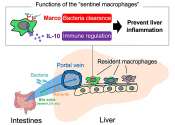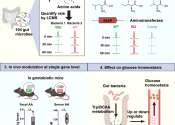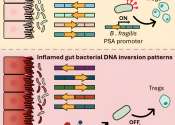Personalized 'cocktails' of antibiotics, probiotics and prebiotics hold promise in treating IBS, pilot study finds
Personalized "cocktails" of antibiotics, probiotics and prebiotics hold great promise in the treatment of a common form of irritable bowel syndrome (IBS), according to research presented at the ESCMID Global Congress (formerly ...
11 hours ago
0
0









